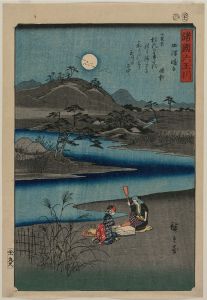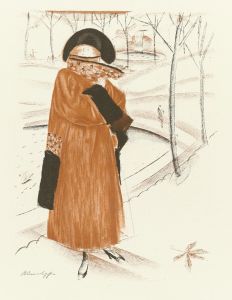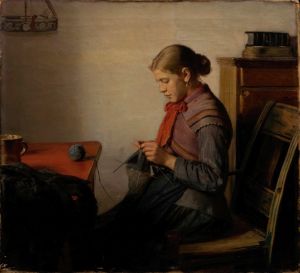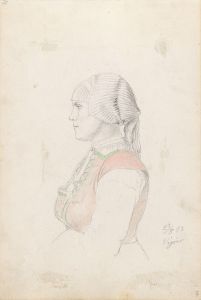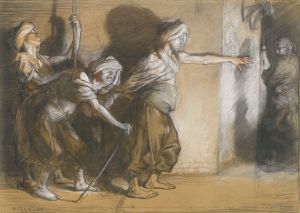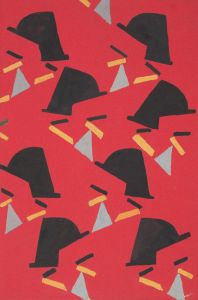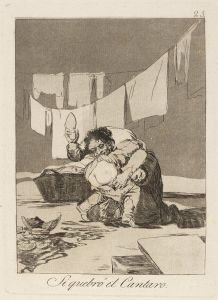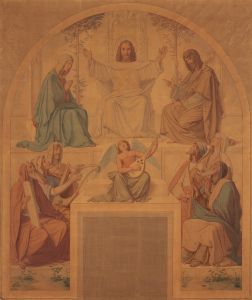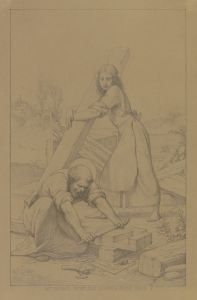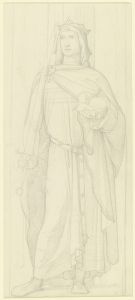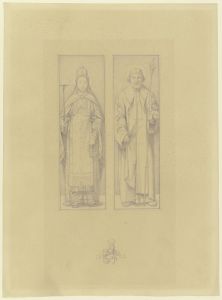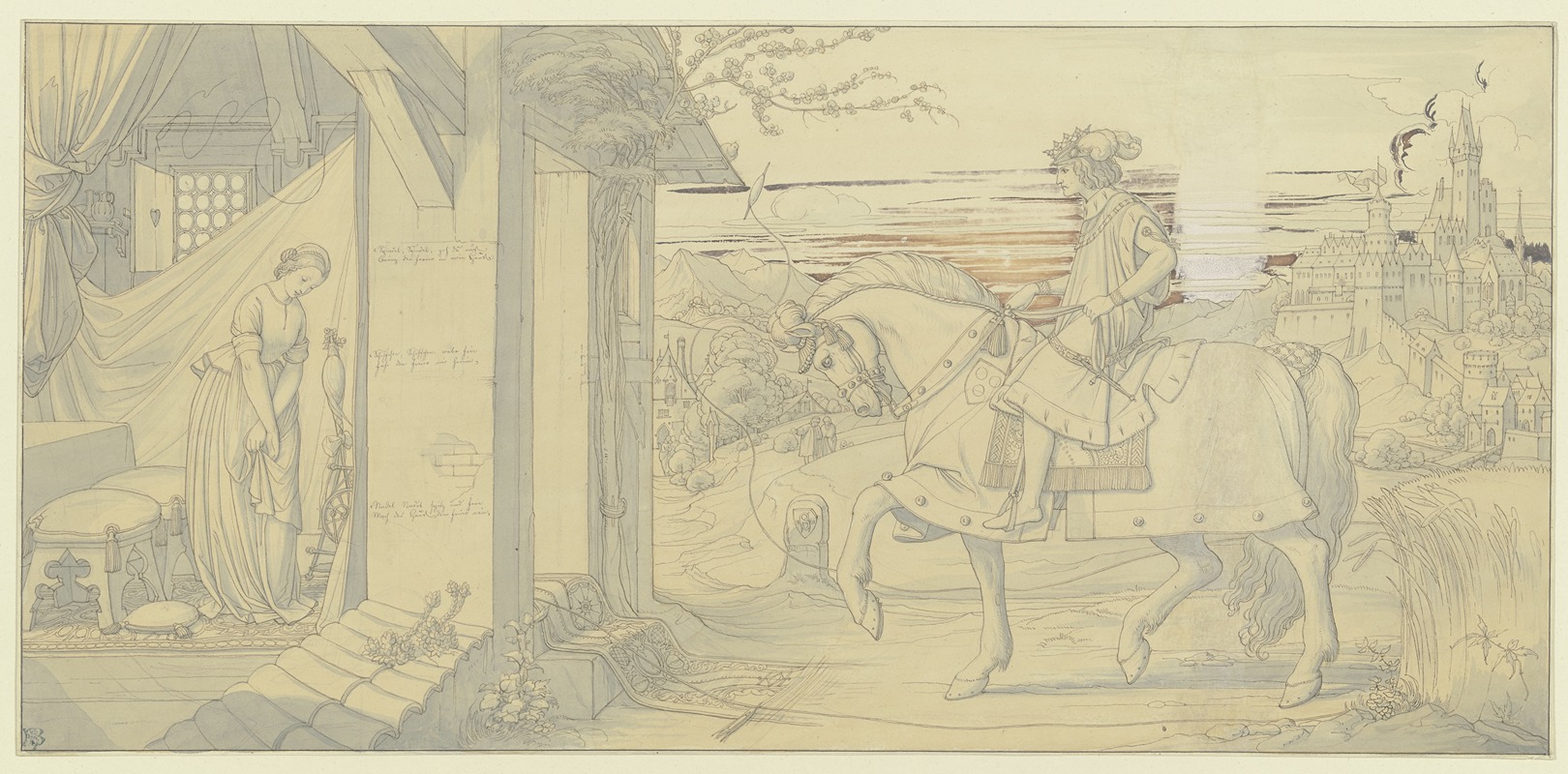
Märchen von der Nadel, der Spindel und dem Weberschiffchen
A hand-painted replica of Eduard von Steinle’s masterpiece Märchen von der Nadel, der Spindel und dem Weberschiffchen, meticulously crafted by professional artists to capture the true essence of the original. Each piece is created with museum-quality canvas and rare mineral pigments, carefully painted by experienced artists with delicate brushstrokes and rich, layered colors to perfectly recreate the texture of the original artwork. Unlike machine-printed reproductions, this hand-painted version brings the painting to life, infused with the artist’s emotions and skill in every stroke. Whether for personal collection or home decoration, it instantly elevates the artistic atmosphere of any space.
Eduard von Steinle was a prominent 19th-century German painter associated with the Nazarene movement, which sought to revive honesty and spirituality in Christian art. One of his notable works is "Märchen von der Nadel, der Spindel und dem Weberschiffchen," which translates to "The Tale of the Needle, the Spindle, and the Shuttle." This painting is an artistic representation of a fairy tale, reflecting Steinle's interest in folklore and storytelling through visual art.
Steinle was born in Vienna in 1810 and later moved to Germany, where he became a key figure in the Nazarene movement. This group of artists aimed to return to the purity and simplicity of medieval and early Renaissance art, often drawing inspiration from religious themes and traditional stories. Steinle's work is characterized by its detailed composition, vibrant colors, and a strong narrative element, which is evident in "Märchen von der Nadel, der Spindel und dem Weberschiffchen."
The painting is based on a fairy tale, which is a common theme in Steinle's oeuvre. Fairy tales were a popular subject in 19th-century art and literature, as they were seen as a way to convey moral lessons and cultural values. Steinle's interpretation of the tale likely emphasizes these aspects, using his artistic skills to bring the story to life on canvas.
In "Märchen von der Nadel, der Spindel und dem Weberschiffchen," Steinle employs a meticulous attention to detail, capturing the essence of the characters and the setting. His use of color and light creates a vivid and enchanting atmosphere, drawing viewers into the magical world of the fairy tale. The composition is carefully arranged to guide the viewer's eye through the narrative, highlighting key moments and interactions between the characters.
Steinle's work is also notable for its incorporation of symbolic elements, which add depth and meaning to the painting. These symbols often relate to the themes of the fairy tale, such as the tools of needlework representing industriousness and creativity. By embedding these symbols within the artwork, Steinle invites viewers to engage with the story on a deeper level, encouraging them to reflect on its moral and cultural significance.
Throughout his career, Eduard von Steinle remained committed to the ideals of the Nazarene movement, striving to create art that was both beautiful and meaningful. His paintings, including "Märchen von der Nadel, der Spindel und dem Weberschiffchen," continue to be appreciated for their artistic merit and their ability to convey timeless stories and values. Steinle's work serves as a testament to the enduring power of art to inspire and educate, bridging the gap between past and present through the universal language of storytelling.
While specific details about the painting's creation and its current location may not be widely documented, Eduard von Steinle's contribution to 19th-century art remains significant. His dedication to capturing the spirit of fairy tales and his mastery of the visual narrative ensure that his works continue to resonate with audiences today.





